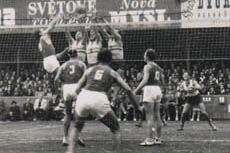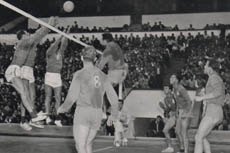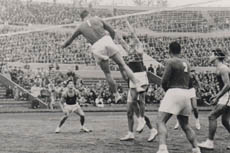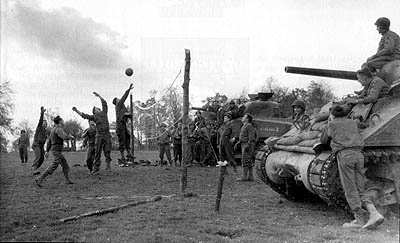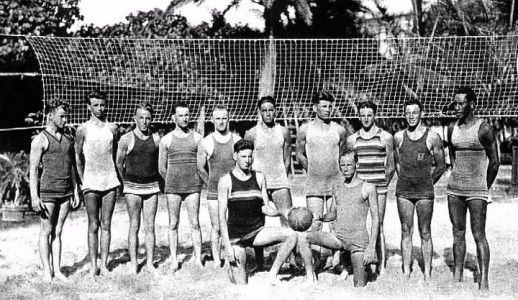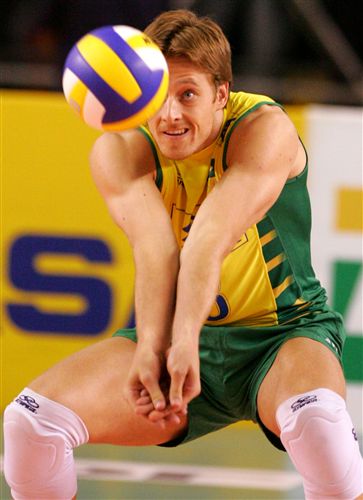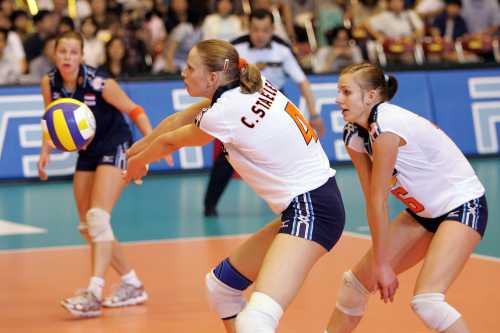Volleyball Strategies - Volleyball Blocking Strategies
 Volleyball Blocking Strategies - Read Blocking
Volleyball Blocking Strategies - Read Blocking In read blocking blockers read the setter to determine where the setter sends the ball. When blockers see where the ball goes, they react and move to set up the block in front of the hitter.
After the first contact before the setter contacts the ball, blockers need to be aware of the hitter's movements. Are hitters running inside? How fast they are approaching? However, they won't commit to any of the hitters - until the setter sets the ball.
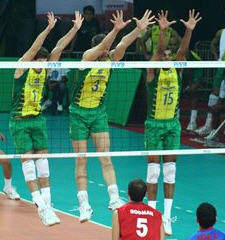
Volleyball Blocking Strategies - Committed Block, Commit Blocking, Predicted Block
Often in top level volleyball blockers use other blocking style, in which players commit to stop a specific hitter.Middle blockers often use this style to stop the opponent's middle attacker. Or in the end of the game, blockers could decide to stop the opponent's best hitter since most often s/he gets the set in the final moments of the games.
Volleyball Strategies - Volleyball Passing Strategies
Volleyball Strategies - Volleyball Passing PositionUsually there are three passers to pass the ball in volleyball. It is very common in junior volleyball that all three passers divide the court equally - and changes are not made - no matter what happens in the game.
It is a good idea to share the court equally, if goal is to give everybody opportunity to learn to pass, but let's think what we can accomplish, if we start changing the passing line-up.
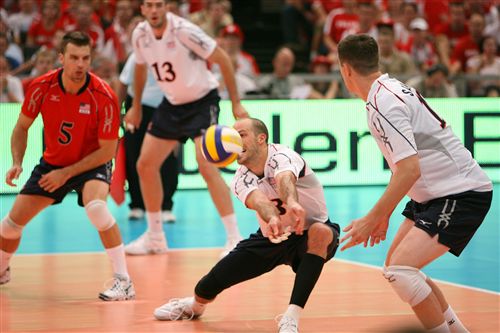
This is not a common volleyball passing strategy at all, but I have seen one top level men's national team volleyball team passing with four passers, the opposite hitter being the extra passer when this team tried to stop the opponent's jump server.
What other changes we can do in the passing line-up?
Volleyball Libero and Passing Skills
Libero specializes on defense and serve receive, therefore we should give more court for the libero.
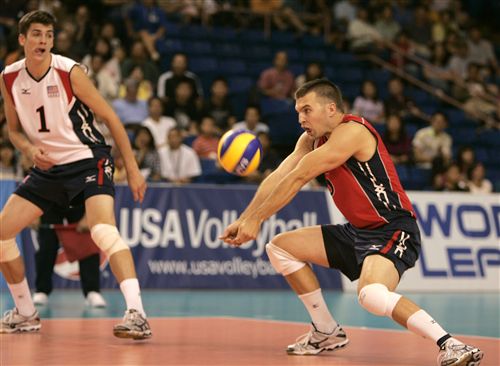
How to Change the Volleyball Passing Line-Up?
How to Help a Teammate - and the Volleyball Team to Play Better?If one player struggles in passing or hitting, two other passers should help this struggling player by covering more court. They should leave just a little slice of the court to him/her - to make it easier for him/her to pass or hit.
The players should not take the situation as a sign of lack of trust. Everybody involved needs to understand changes are made for the team's benefit. Changes surely help the struggling individual, but before anything else, it helps the team to play better.
How to Stack Players on the Volleyball Court?
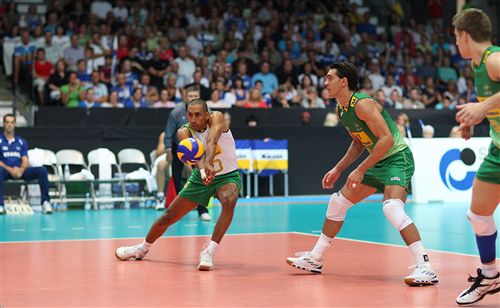
Stacking up the players to the center of the court and leaving lines open could be a solution, if the server tends to hit the powerful serves to the center between the players.
Stacking up the players definitely makes passers' job easier against the powerful serves to the seams. It could also lead to a serving error - if all of a sudden the server is tricked to change his serving style and direct the serve towards line.
Volleyball Passing Strategies - Stacking Up Players to the Corner.
If the team has scouted that one player tends to serve most of the serves to position 1 - why not to surprise this server and stack two passers to cover position 1? If the server continues to serve to position 1, the passing becomes much easier. If the server decides to move away from his/her favourite serve - it may lead to a serving error or it could take the power off from his/her serve.
Volleyball Strategies - Volleyball Serving
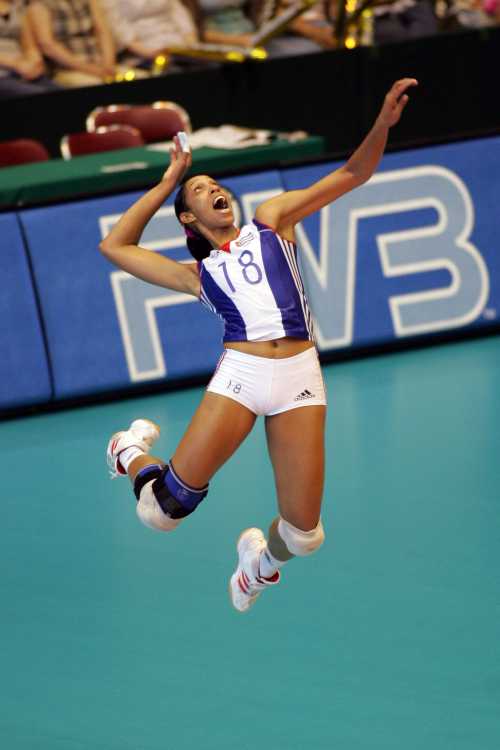
If at the top level the opponent is able to pass the ball perfectly to the setter's hands, the chances to win the rally are very low.
How to serve to help your team to score more points?
Volleyball Strategies - How to Serve?
Volleyball Serving Strategies - Serve Position 1Serving to left back corner, position 1 or the left side line is a good choice because it makes the setting much more difficult for the opponent's setter.
The setters have to keep their eyes on the corner, which means it is extremely difficult to follow outside hitter and middle hitter approaching to spike - which makes the timing between the setter and hitters more difficult.
Volleyball Serving Strategies - Serve Short

However, you probably want to take your serving strategy further. If you have the opponent's best hitter on the position 4, you could serve the ball short to the position 4 and make his/her approach more difficult. Think how much harder it is for the hitter to pass the ball inside the 10 feet line (3 meter line) and take steps back to start an approach. You wouldn't like to be served like that, right?
Volleyball Serving Strategies - Serve the Ball into Setter's or Offensive Player's Running Route
If you have figured out which route the opponent's setter or offensive player is running, you could serve the ball to somebody's running route to mess up their offense.
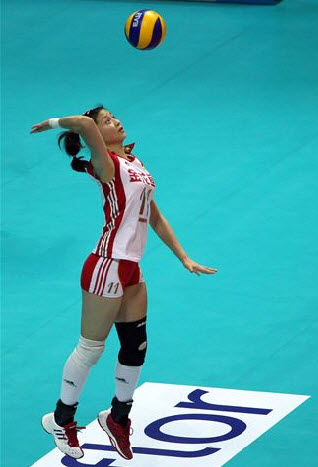
Volleyball Strategies - Serving and Serve Receive Have Changed
Volleyball strategies and the game itself with all the rule changes have taken giant steps in the past decade.
Maybe the biggest change has occurred in the serving and serve receive aspects of the game. Volleyball serve and serve receive have become a dominant part of the game recently. Today the success of a team almost solely depends on serving and serve receive.
Let's go back to 1990's for a moment..
Volleyball Strategies Flash Back to the 1990's
I recently watched a recording of the final match of 1990 World Championships. This Italy vs. Cuba match was a good reminder how much the game has changed in the recent years.Volleyball Setting - High and Slow Sets
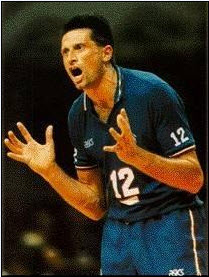
Nowadays when the sets are fast to any position the accurate passes are essential.
Volleyball Float Serves
In Italy-Cuba match the serving looked totally different, often the serves were just high easy floaters over the net. There were no jump serve bombers, or jump float servers – even their float serves looked so easy compared to today’s float serves.
Today exceptional serve receive skills are required to be able to pass current tough serves.
... so the game is very different nowadays. Therefore, do you think we should also practice differently than in 1990's?
How should we practice nowadays? What do we need to focus in practice?
Volleyball Strategies - Volleyball Serving and Passing Strategies Today
What Volleyball Drills Coach Should Run to Meet Today's Requirements?
Volleyball Serving Strategies and Serve Receive Strategies!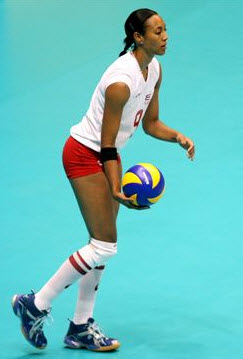
It is important to hone the technical skills of various serve receive techniques (there are many of them!) and serving styles. I don’t think we exaggerate at all if we say we use 30-50 % of the practice time to practice serve receive or serving drills.
Run Game-like Volleyball Drills for Serving and Serve Receive!
As soon as the basic techniques have been learned, serving and serve receive need to be practiced in the game-like situation.
Game like volleyball drills maybe a norm for the serve receive, but they need to be applied to the serving also.
For example it is not the best practice to make players do their serving drills in the end of practices - just doing few minutes of them – and having no targets or real passers to receive those serves.
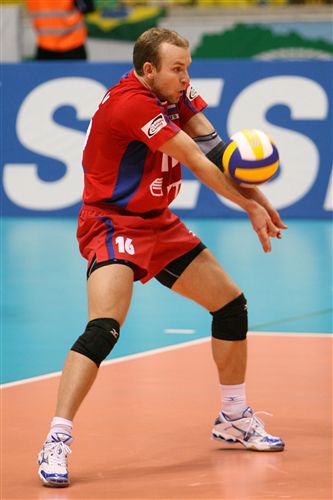
It is very common to see a team practicing serving for few minutes in a hurry in the end of the practice!
Volleyball serving definitely needs much more practice time than that. Serving is important in modern volleyball!!
When running serving drill, it is a good idea to combine it with passing. It is more challenging and better learning experience for the server to see a passer receiving the serve. Or at least players should always have targets where to aim the serve.
Volleyball Strategies - About Missing Volleyball Serves and Serving Tough
Why the players are missing volleyball serves constantly?
Newer and especially older volleyball fans may wonder about the huge amounts of missed serves in high level volleyball today. I am sure you saw the same trend in Beijing Olympic Games Volleyball - and you'll see it in many competitions in the future.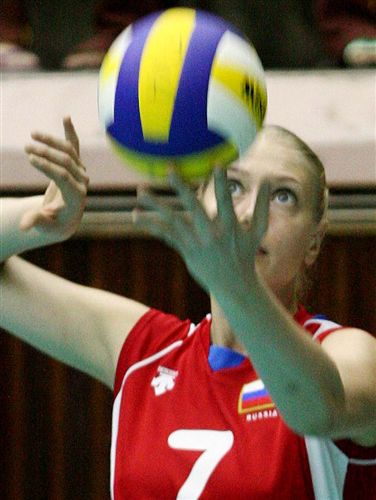
Missing Volleyball Serves is Not Good, But Risks Need to Be Taken
A missed serve is never a good thing – but it is just a fact
that nowadays servers need to take risks to beat up the opponent’s
strong offense - and when taking risks and serving hard, the amount of errors will be higher.My personal opinion is: I like taking a risk with the serves, if there is a good return. I can live with missed serves – if the team gets bunch of points in return with the serves that go in.
Volleyball Strategies: Volleyball Serving Strategies - Serving Tough Against the Better Teams
The Story from the Previous Coach
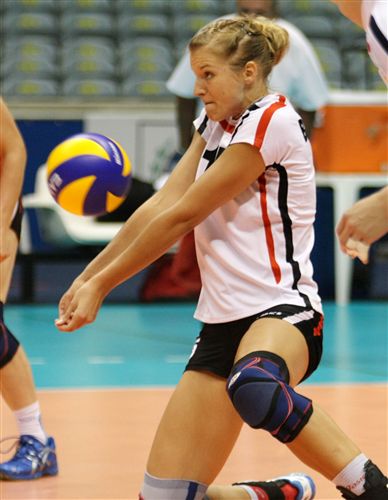
“There is no need to take high risks with serves when playing a weaker team. Let them do the points for you – they will mess up enough points with their offense for you to win.”
“Let's imagine.. if we would play against the best team around, the National Team.. What would be the only way for us to score some points?”
The coach was looking for the answer: "Serving extremely tough."
The coach continued: "If we would serve all match as hard as we ever could, we would have a chance to score a point every now and then.. if those star players happen to shank the ball. However, if the National Team would pass the ball up, you would get killed..."
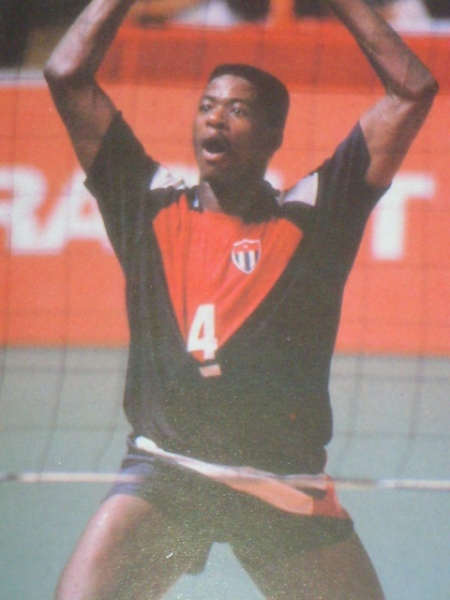
Well, the coach was exaggerating a little bit – but I am sure you got the idea behind serving tough - which often leads to missing serves, unfortunately.
Be sure to check out few tips how to play volleyball and organize serve receive and serve volleyball drills.
P.S. Final between Cuba and Italy in 1990 World Championships is still my favourite volleyball match. Mr. Despaigne was an amazing player, wasn't he?
